Kitchen countertops go through a lot of wear and tear over the years. Due to countless scratches from utensils, heavy appliances being dragged across their surface, or all the stains from the food and beverages you prepare, your countertop will need replacing at some point — regardless of how strong it is. Unfortunately, it’s not always apparent when a replacement is needed. Unless your countertop has a huge crack going across its surface (which most likely will never happen), it’s a little hard to tell when your countertop is no longer in shape.
But there are ways you can check whether your countertop needs replacing or not. The techniques used in judging whether or not your counter needs replacing vary depending on the material it’s made of. Before installing kitchen countertops to freshen up the kitchen’s interior, however, consider the following potential defects and see if any of your countertops have similar problems. As with any major kitchen remodel, keep in mind that the average cost to replace countertops can be quite steep, so taking these extra measures could save you money that you would have otherwise spent on a pointless replacement.
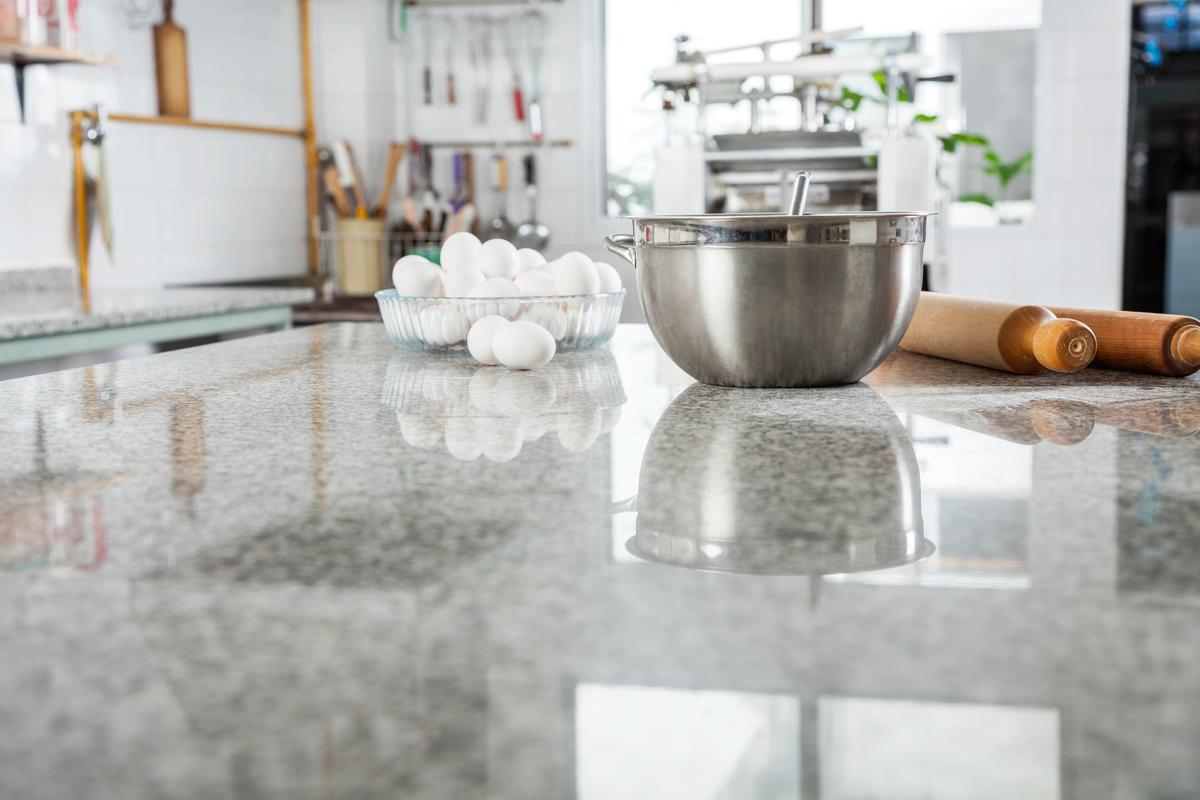
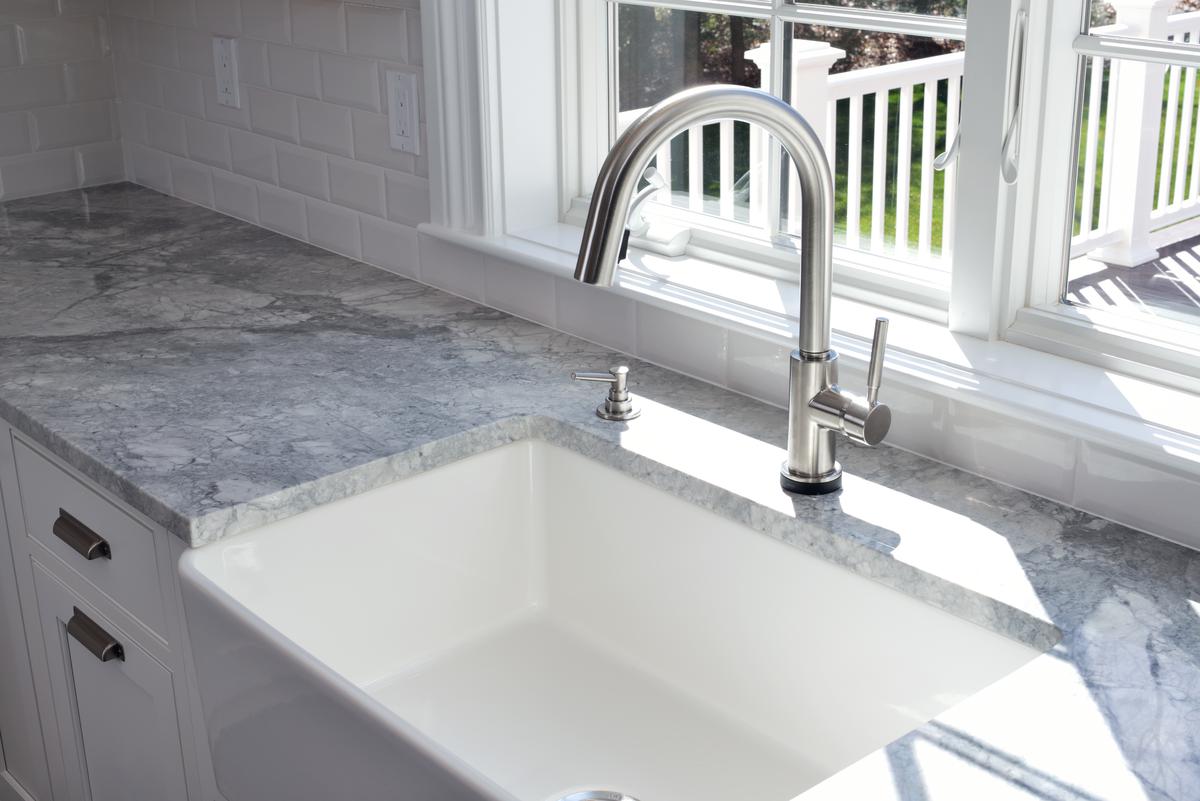
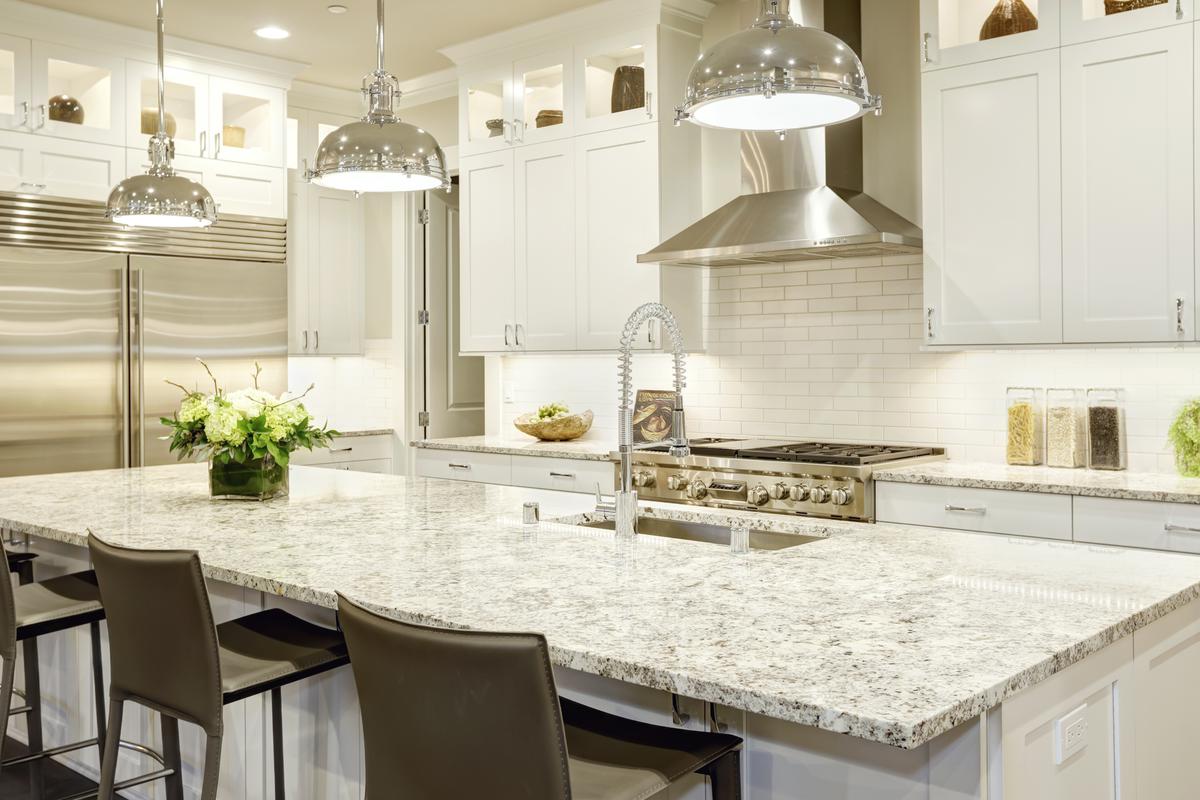
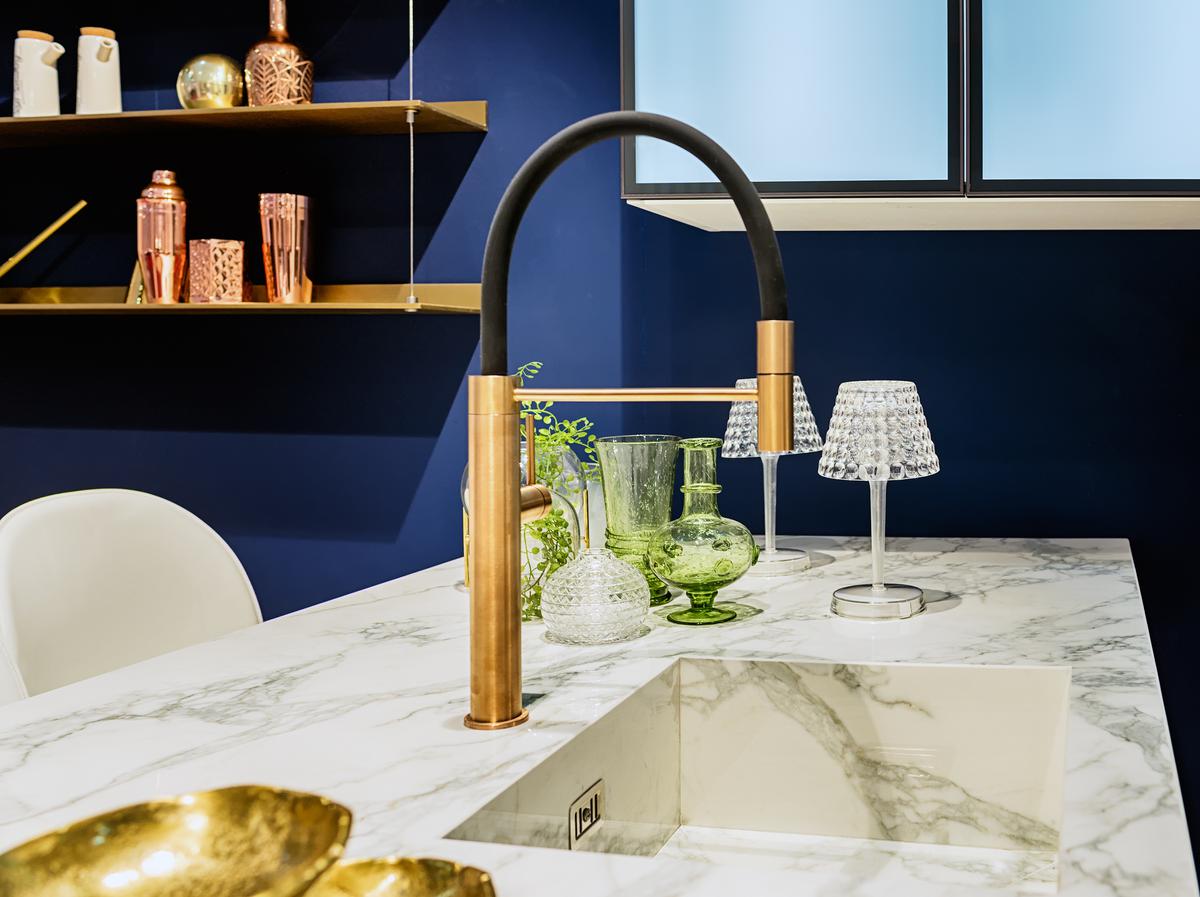
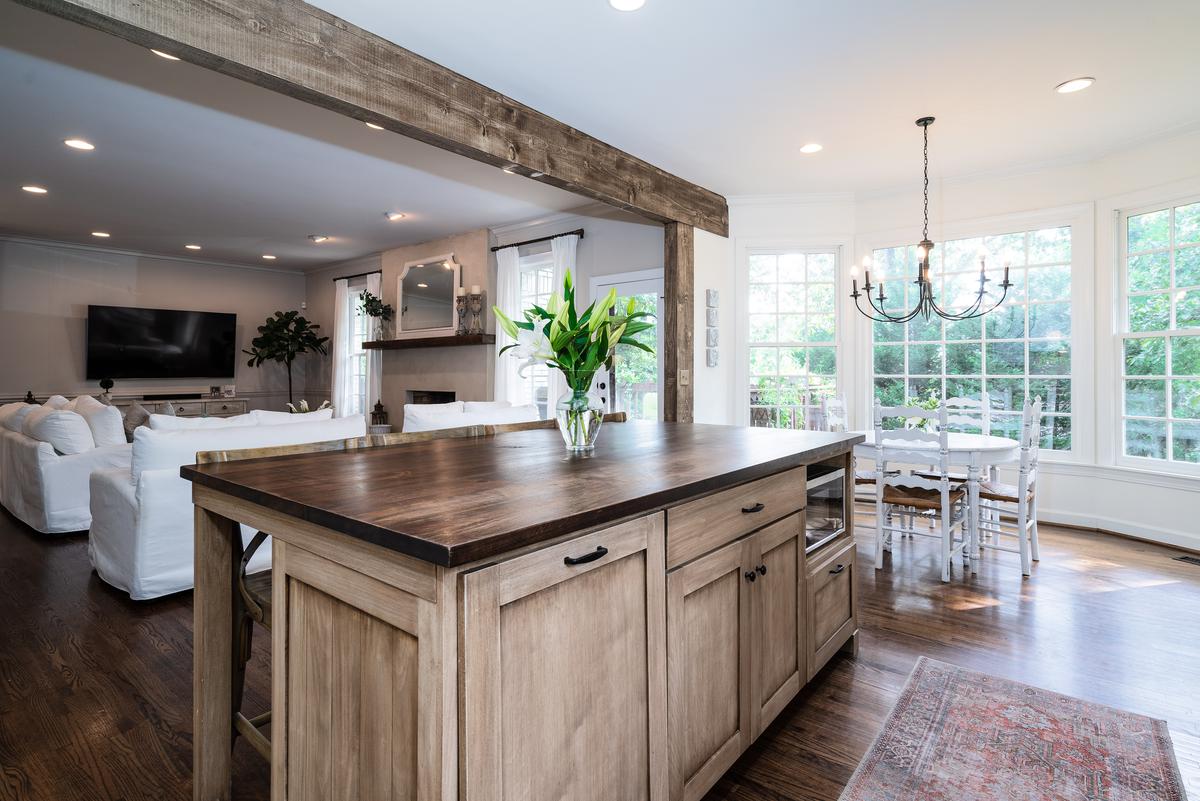
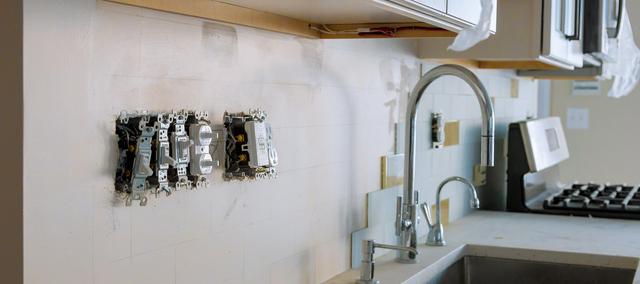
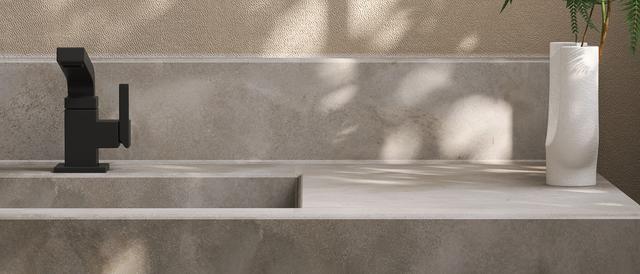
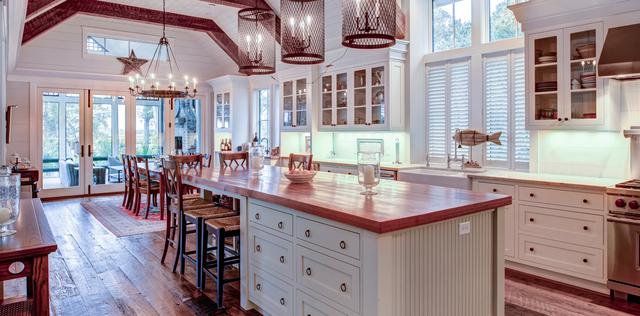
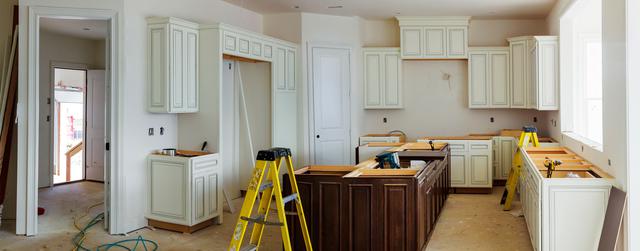
comments